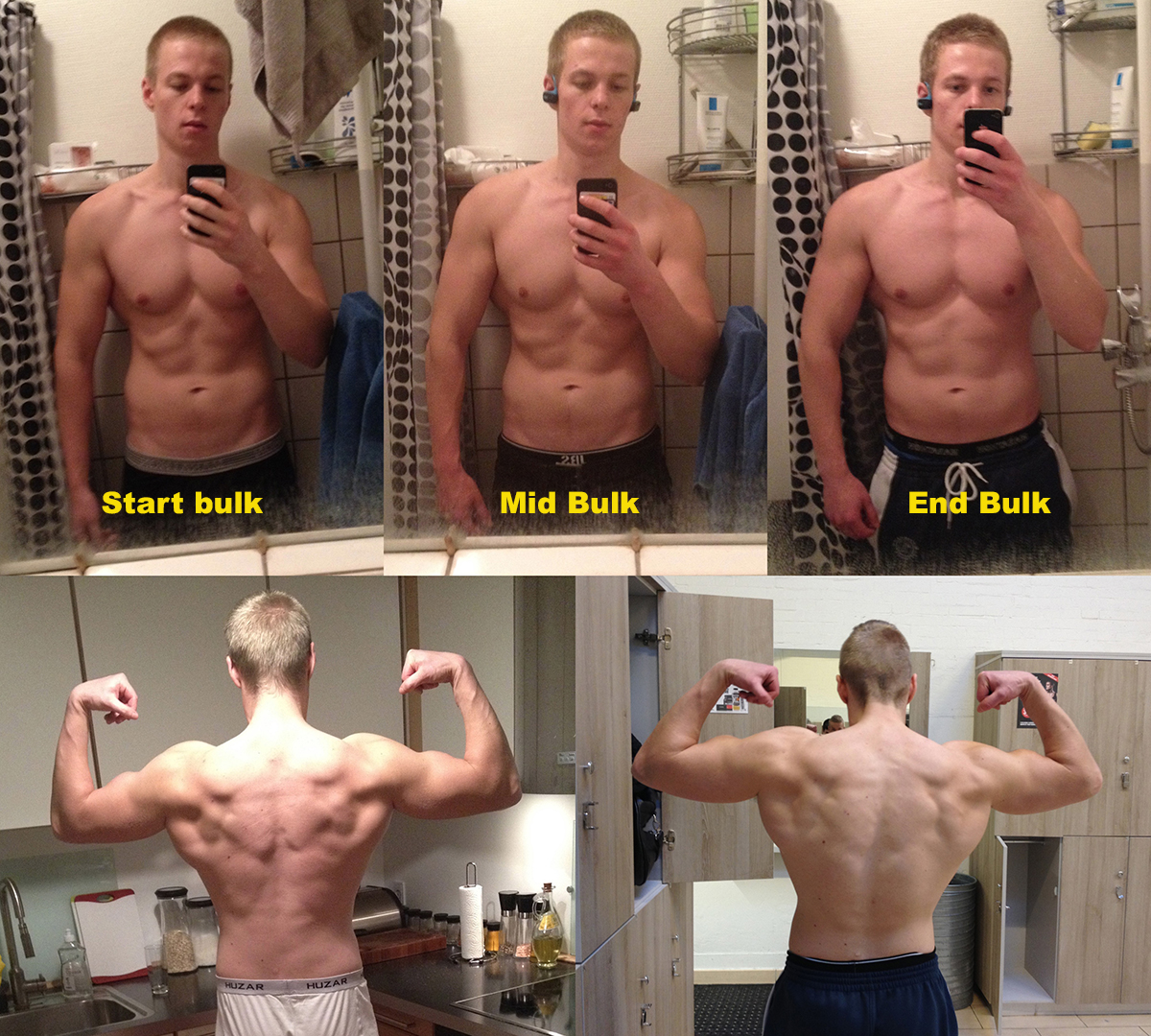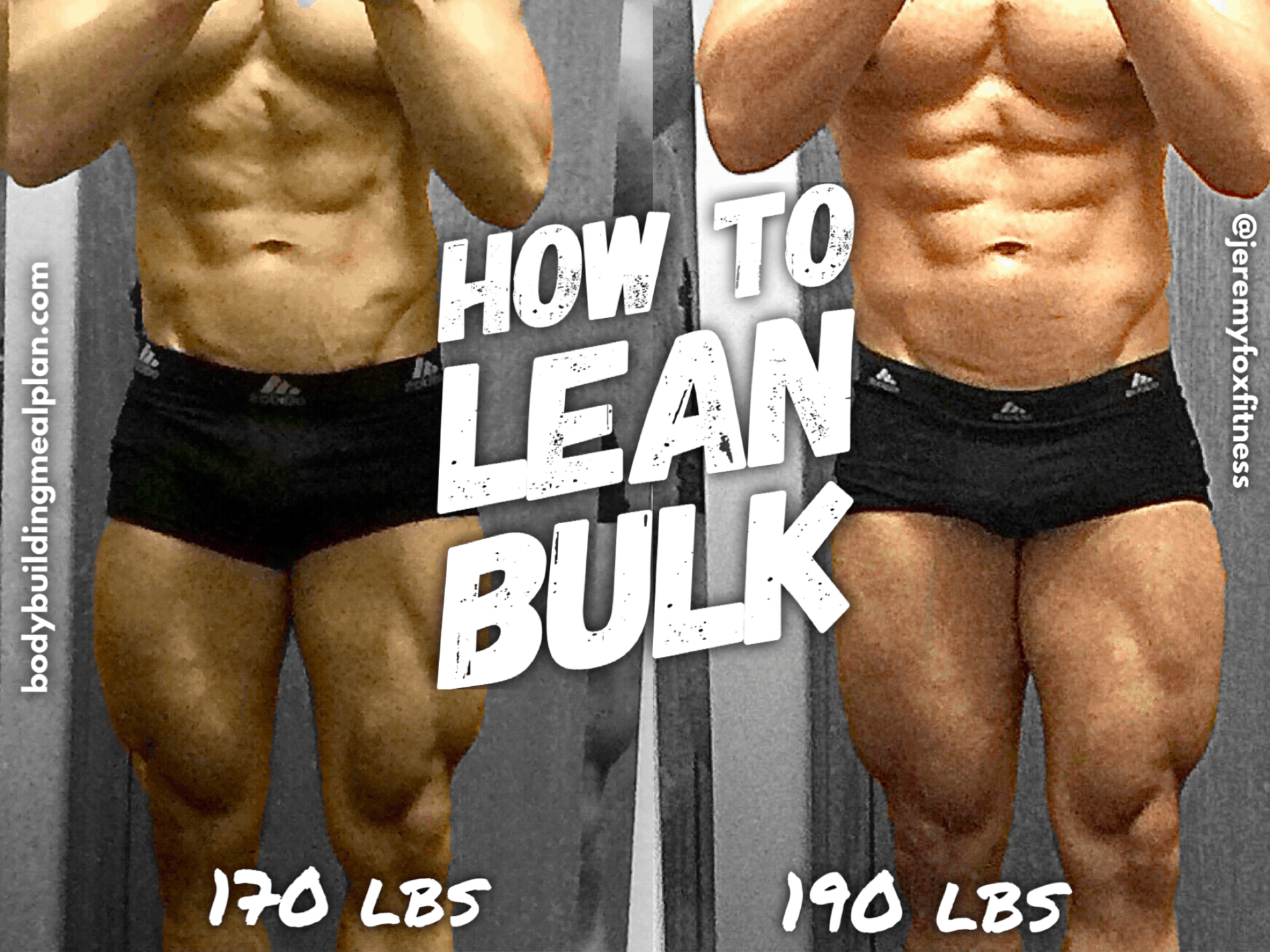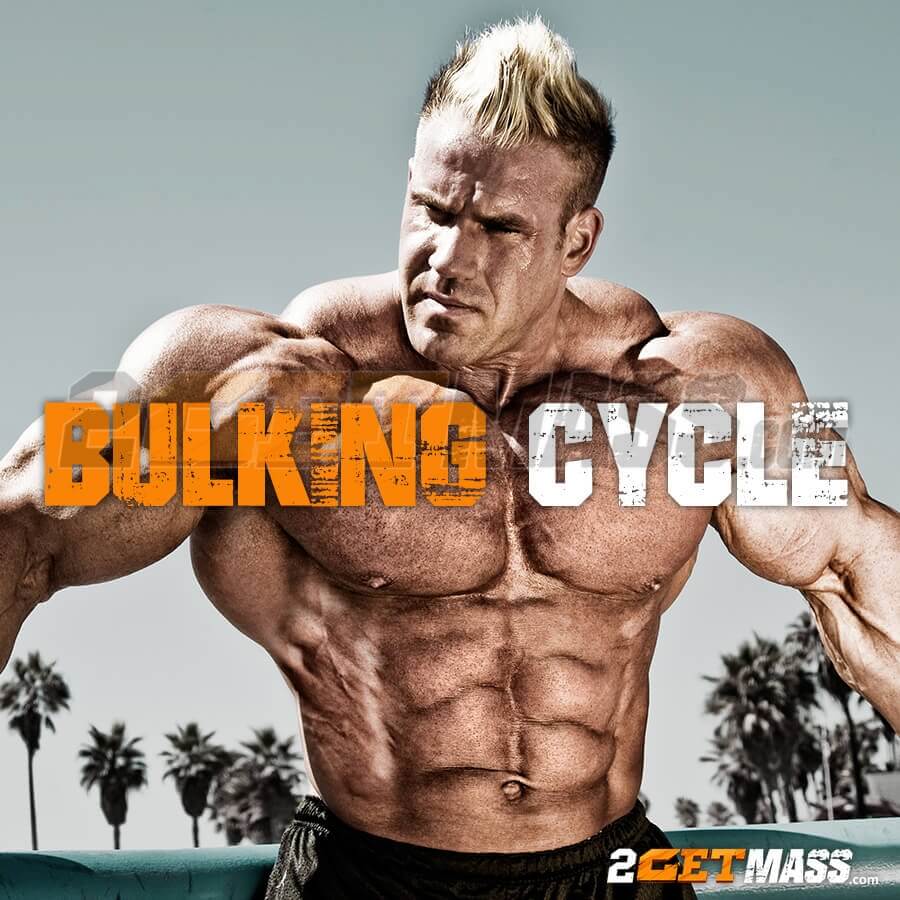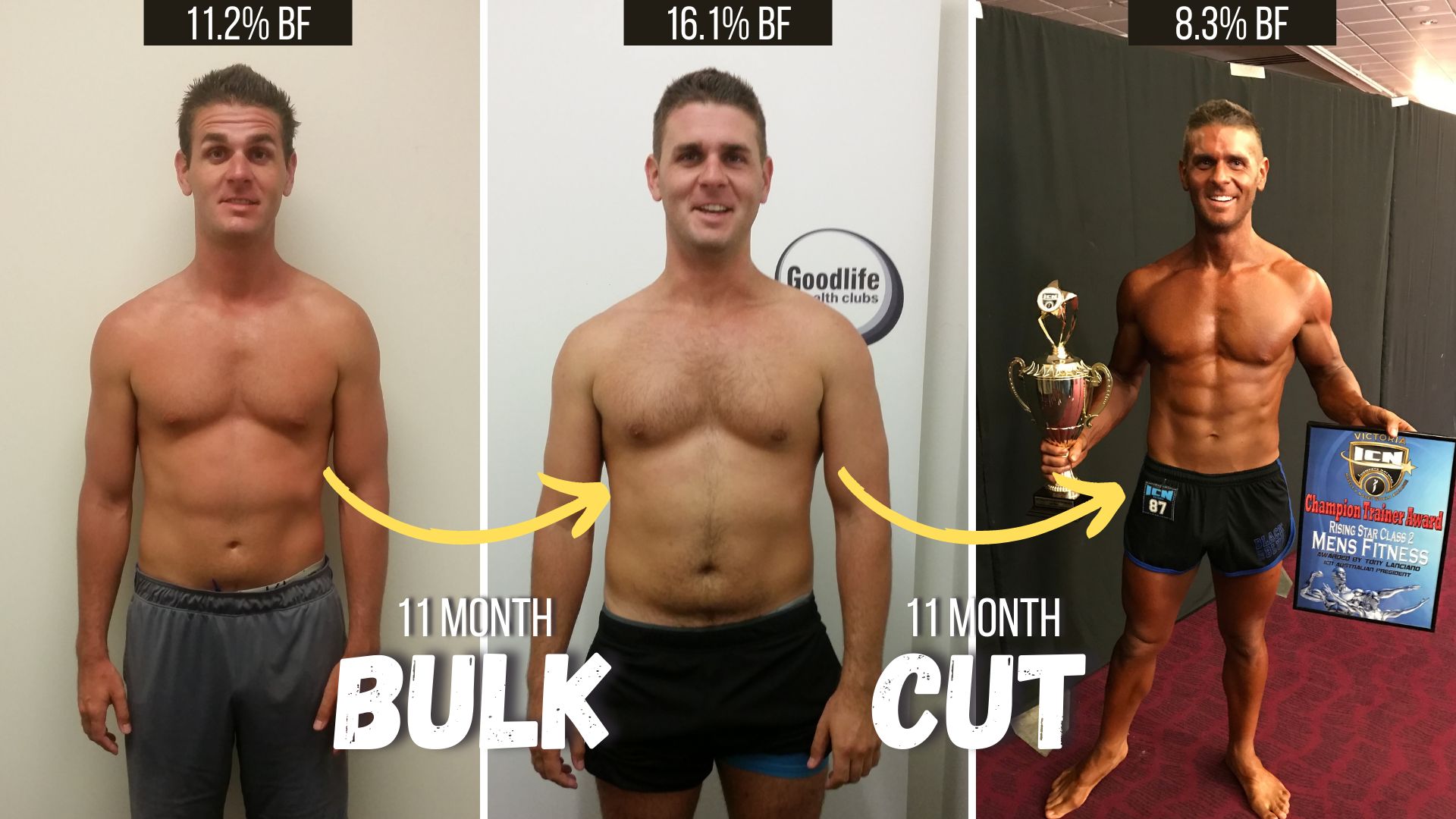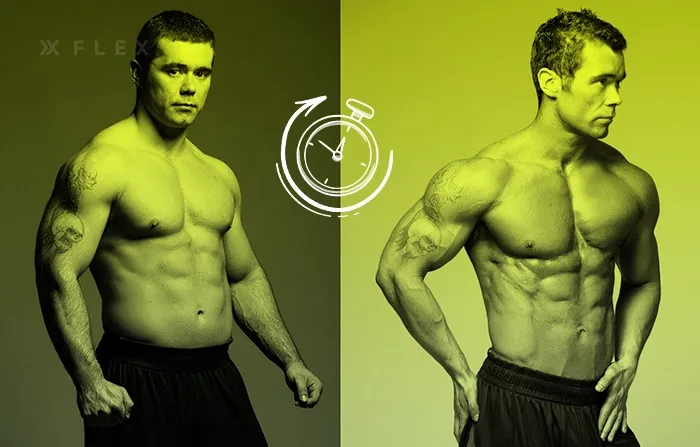What A Bodybuilder Builds During A Bulk Cycle

The gym air hangs thick with the scent of iron and determination. Chalk dust motes dance in the shafts of sunlight cutting through the grimy windows, illuminating the straining faces and rippling muscles of those chasing a singular goal: to build. A symphony of clanging weights and grunts fills the space, a testament to the dedication poured into each rep, each set, each painstakingly planned meal.
The bulking phase, a period of strategic calorie surplus coupled with intense resistance training, is a cornerstone of bodybuilding. This article explores the intricate biological processes and lifestyle adjustments that underpin a successful bulk, illuminating what a bodybuilder actually builds – both inside and out – during this crucial period.
Understanding the Bulking Phase
Bulking isn't just about piling on pounds indiscriminately. It’s a calculated process designed to maximize muscle growth while minimizing fat gain. It requires a deep understanding of nutrition, training, and the body's complex hormonal responses.
The Science of Muscle Growth
At the heart of bulking lies the principle of protein synthesis. This is the process by which the body uses amino acids, derived from protein in the diet, to repair and rebuild muscle tissue damaged during training.
Weightlifting creates microscopic tears in muscle fibers. The body then overcompensates, repairing these tears and adding new muscle tissue, leading to hypertrophy, or muscle growth.
A calorie surplus provides the energy needed for this energy-intensive process. Without sufficient calories, the body may not have the resources to adequately repair and build muscle.
More Than Just Muscle: What Else is Being Built?
While muscle is the primary target, the bulking phase impacts other aspects of physical development. It also involves changes in body composition beyond lean muscle mass.
Increased Body Fat: A calorie surplus, by definition, means consuming more calories than the body burns. Some of these excess calories will inevitably be stored as fat. Managing the degree of fat gain is a key aspect of a successful bulk.
Glycogen Stores: Muscles store glucose in the form of glycogen, which is used as fuel during exercise. Bulking encourages the replenishment and expansion of these glycogen stores, leading to increased energy availability during workouts.
Water Retention: Higher carbohydrate intake, common during bulking, can lead to increased water retention. This contributes to a fuller, more rounded appearance, often mistaken solely for muscle growth.
Bone Density: Resistance training, especially with heavy weights, stimulates bone growth and increases bone density. A calorie surplus can further support this process, making bones stronger and more resilient.
The Diet: Fueling the Machine
Nutrition is arguably the most critical component of a successful bulk. It provides the building blocks and energy needed for muscle growth and recovery.
Protein: Adequate protein intake is essential for muscle protein synthesis. Bodybuilders typically aim for 1 to 1.5 grams of protein per pound of bodyweight.
Carbohydrates: Carbs provide the primary source of energy for workouts and help to replenish glycogen stores. They also play a role in insulin release, which can help transport amino acids into muscle cells.
Fats: Healthy fats are crucial for hormone production and overall health. They also provide a concentrated source of energy and aid in the absorption of fat-soluble vitamins.
The timing of nutrient intake is also important. Many bodybuilders focus on consuming protein and carbohydrates before and after workouts to optimize muscle recovery and growth. According to a study published in the Journal of the International Society of Sports Nutrition, proper nutrient timing can significantly enhance muscle protein synthesis and reduce muscle breakdown.
The Training: Stimulating Growth
Intense resistance training is the catalyst for muscle growth. It creates the stimulus that triggers the body to adapt and build more muscle tissue.
Progressive Overload: Gradually increasing the weight, reps, or sets over time is essential for continuous muscle growth. This forces the body to constantly adapt to new challenges.
Compound Exercises: Exercises that work multiple muscle groups simultaneously, such as squats, deadlifts, bench presses, and overhead presses, are highly effective for stimulating overall muscle growth.
Proper Form: Maintaining proper form is crucial to prevent injuries and ensure that the targeted muscles are being effectively worked. Sacrificing form for heavier weight can lead to long-term setbacks.
The Lifestyle: Recovery and Rest
Muscle growth doesn't happen in the gym. It happens during rest and recovery. Adequate sleep, stress management, and proper recovery techniques are essential for maximizing results.
Sleep: Sleep is when the body repairs and rebuilds muscle tissue. Aim for 7-9 hours of quality sleep per night.
Stress Management: Chronic stress can elevate cortisol levels, which can hinder muscle growth and promote fat storage. Techniques like meditation, yoga, and deep breathing can help manage stress.
Active Recovery: Light exercise, such as walking or stretching, can improve blood flow and help to reduce muscle soreness.
The Mental Game
The bulking phase can be both physically and mentally challenging. It requires discipline, consistency, and a strong mindset.
Patience: Muscle growth is a slow process. It takes time and dedication to see noticeable results. It's important to be patient and trust the process.
Discipline: Sticking to a consistent diet and training schedule requires discipline. This is especially true when social events or cravings challenge adherence to the plan.
Body Image: Gaining weight, even if it's primarily muscle, can be difficult for some individuals. It's important to focus on the long-term goal and to maintain a healthy body image.
Navigating the "Mini-Cut"
Many bodybuilders incorporate "mini-cuts" into their bulking phases. These short periods of calorie deficit are designed to reduce excess fat gain without sacrificing too much muscle mass.
A mini-cut typically lasts for 2-4 weeks and involves a moderate reduction in calories. This can help to improve body composition and prevent the bulking phase from becoming too extreme.
Mini-cuts are a tool for maintaining a healthy balance between muscle growth and fat gain. They allow bodybuilders to stay on track with their long-term goals.
The End Result: More Than Just Size
The bulking phase, when executed correctly, results in more than just increased muscle size. It fosters a deeper understanding of one's own body, its capabilities, and its response to carefully calibrated stimuli.
It's a journey of discipline, self-discovery, and a relentless pursuit of physical excellence. The bodybuilder emerges not just bigger, but stronger, more resilient, and with a heightened sense of self-awareness.
Ultimately, the bulking phase is a testament to the power of human potential and the transformative effects of dedicated effort.
